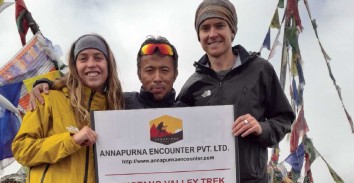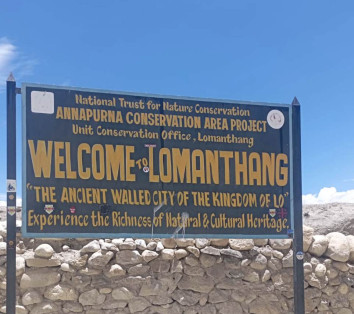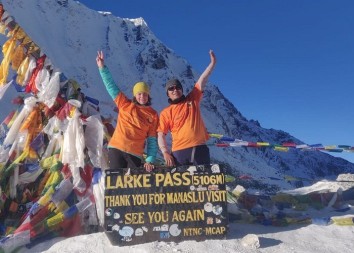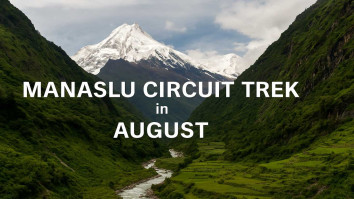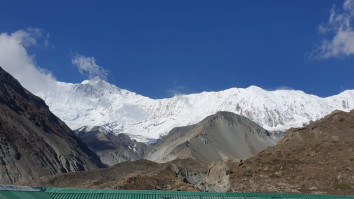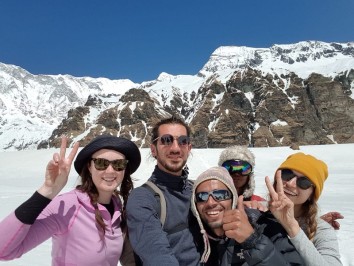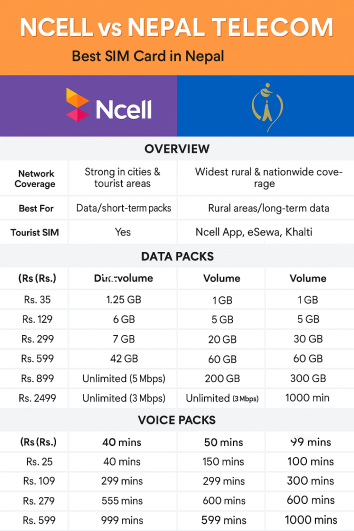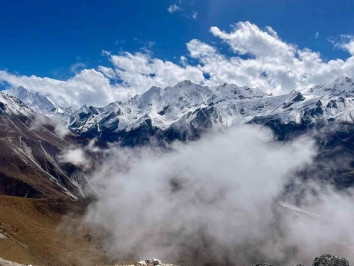Highest Mountain Passes of Nepal – The Ultimate Guide for Trekkers
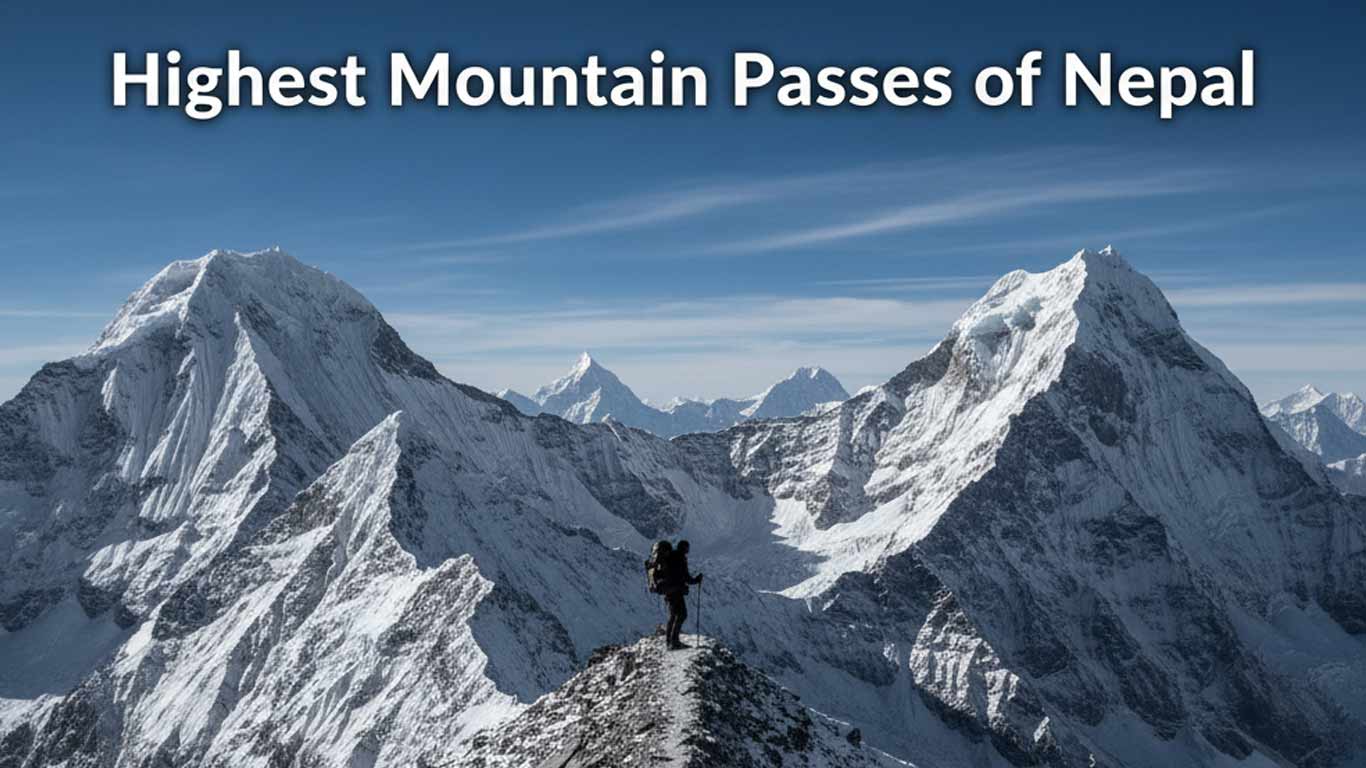
14th Sep, 2025
- annapurnaencounter
Nepal, the land of the Himalayas, is not only home to eight of the world’s 14 highest peaks but also to some of the highest mountain passes in the world. These rugged gateways connect hidden valleys, remote settlements, and legendary trekking trails. For trekkers and mountaineers, crossing a high pass in Nepal is both a challenge and an unforgettable achievement, offering breathtaking Himalayan views and cultural encounters along the way.
Table of Contents
In this guide, we’ll explore the most famous and highest mountain passes of Nepal, the views you’ll see, the peaks you’ll encounter, and the permits required for each region.
1. Larkya La Pass (5,160 m) – Manaslu Region
-
Location: Manaslu Circuit Trek
-
Highlights: This is one of the longest and most dramatic high passes in Nepal. Standing at 5,160 meters, Larkya La connects the Budhi Gandaki Valley with the Marsyangdi Valley.
-
Views you’ll see: Himlung Himal, Cheo Himal, Kang Guru, and the Annapurna II.
-
Permits required: Manaslu Special Permit, Manaslu Conservation Area Permit (MCAP), Annapurna Conservation Area Permit (ACAP), and local Rural Municipality permit.
2. Thorong La Pass (5,416 m) – Annapurna Circuit
-
Location: Annapurna Conservation Area
-
Highlights: Thorong La is one of the most trekked high passes in the world and the centerpiece of the Annapurna Circuit Trek. At 5,416 meters, it is the highest point of the circuit.
-
Views you’ll see: Annapurna range, Dhaulagiri, Gangapurna, and the Kali Gandaki Valley.
-
Permits required: Annapurna Conservation Area Permit (ACAP).
3. Kang La Pass (5,320 m) – Nar Phu Valley
-
Location: Hidden valleys of Nar and Phu in the Annapurna region
-
Highlights: A remote and less-visited pass, Kang La provides an adventurous route from Phu to Manang. Trekkers experience raw Himalayan wilderness and authentic Tibetan-influenced villages.
-
Views you’ll see: Annapurna II, Gangapurna, Tilicho Peak, and the vast Nar Phu valley.
-
Permits required: Annapurna Conservation Area Permit (ACAP).
4. Cho La Pass (5,420 m) – Everest Region
-
Location: Everest Three Passes Trek
-
Highlights: Cho La is a challenging icy pass linking Everest Base Camp and the Gokyo Valley. It demands proper acclimatization and preparation but rewards trekkers with stunning glacial landscapes.
-
Views you’ll see: Ama Dablam, Cholatse, Lobuche, Everest, and Makalu.
-
Permits required: Khumbu Pasang Lhamu Rural Municipality permit and Sagarmatha National Park permit.
5. Kongma La Pass (5,535 m) – Everest Region
-
Location: Everest Three Passes Trek
-
Highlights: The highest among the three famous passes of the Everest region. It is often crossed after visiting Chhukung, making it one of the most strenuous sections of the trek.
-
Views you’ll see: Nuptse, Lhotse, Makalu, Baruntse, and Ama Dablam.
-
Permits required: Khumbu Pasang Lhamu Rural Municipality permit and Sagarmatha National Park permit.
6. Renjo La Pass (5,360 m) – Everest Region
-
Location: Gokyo Valley, Everest Region
-
Highlights: Renjo La offers one of the best panoramic viewpoints in the Khumbu. The trail is steep but provides pristine views with fewer crowds compared to Cho La and Kongma La.
-
Views you’ll see: Everest, Lhotse, Cho Oyu, Makalu, and the Gokyo Lakes.
-
Permits required: Khumbu Pasang Lhamu Rural Municipality permit and Sagarmatha National Park permit.
7. Tashi Labtsa Pass (5,755 m) – Rolwaling to Everest
-
Location: Connecting Rolwaling Valley with Khumbu
-
Highlights: One of the most technical and demanding passes in Nepal, requiring mountaineering equipment. It is less frequented and offers a true wilderness experience.
-
Views you’ll see: Gaurishankar, Menlungtse, Everest, and surrounding glaciers.
-
Permits required: Sagarmatha National Park permit and Khumbu Pasang Lhamu Rural Municipality permit.
8. Tilman Pass (5,320 m) – Langtang Region
-
Location: Between Langtang Valley and Panch Pokhari
-
Highlights: A rarely visited pass named after the famous British explorer Bill Tilman. This challenging trail is ideal for trekkers seeking solitude.
-
Views you’ll see: Langtang Lirung, Dorje Lakpa, Jugal Himal, and pristine lakes.
-
Permits required: Langtang National Park permit.
Why Trek the High Passes of Nepal?
-
Adventure: Crossing high passes is a test of endurance and mental strength.
-
Scenery: Panoramic views of the world’s tallest peaks.
-
Culture: Remote villages, monasteries, and untouched traditions.
-
Achievement: Standing on a high Himalayan pass is a once-in-a-lifetime memory.
Essential Tips for High Pass Treks
-
Acclimatization is key: Always allow proper rest days.
-
Physical preparation: Good fitness is required for long days and steep climbs.
-
Right season: Best seasons are spring (March–May) and autumn (September–November).
-
Permits: Each region has its own permits – Annapurna only requires ACAP, Everest requires Khumbu Pasang Lhamu Rural Municipality and Sagarmatha National Park permits, Langtang requires Langtang National Park permit, and Manaslu requires a special permit plus MCAP, ACAP, and Rural Municipality permit.
-
Guides and support: Especially for technical passes, hiring an experienced guide ensures safety.
Conclusion
The highest mountain passes of Nepal are gateways to adventure, culture, and natural wonders. Whether you dream of crossing the world-famous Thorong La on the Annapurna Circuit, challenging yourself with the Everest Three Passes Trek, or venturing into the wild Rolwaling via Tashi Labtsa, Nepal offers passes that suit every adventurer’s spirit.
With the right preparation, permits, and guidance, your journey across Nepal’s mighty Himalayan passes will be one of the most rewarding experiences of your life.
1. Which is the hardest pass in Nepal?
The Tashi Labtsa Pass (5,755 m) in the Rolwaling–Everest region is considered one of the hardest passes in Nepal. It requires mountaineering equipment, technical climbing skills, and prior experience. Among trekking passes, Kongma La (5,535 m) in the Everest region is also very challenging due to its steep ascent and rugged terrain.
2. Which is the highest trekking pass in Nepal?
The Kongma La Pass (5,535 m) in the Everest region is the highest non-technical trekking pass in Nepal. It is part of the famous Everest Three Passes Trek.
3. Do I need a guide for Everest Three Passes Trek?
Yes, hiring a licensed trekking guide is highly recommended for the Everest Three Passes Trek. The trail involves crossing three high-altitude passes (Kongma La, Cho La, and Renjo La), where navigation can be tricky and conditions unpredictable. A guide ensures safety, proper acclimatization, and permit arrangements.
4. Which permits are required for high pass treks in Nepal?
-
Annapurna region: Only the Annapurna Conservation Area Permit (ACAP).
-
Everest region: Sagarmatha National Park permit and Khumbu Pasang Lhamu Rural Municipality permit.
-
Langtang region: Langtang National Park permit.
-
Manaslu region: Manaslu Restricted Area Special Permit, Manaslu Conservation Area Permit (MCAP), ACAP, and local rural municipality permit.
5. What is the best season to cross high passes in Nepal?
The best seasons are spring (March–May) and autumn (September–November). These months offer stable weather, clear mountain views, and safer trail conditions. Winter brings heavy snow, and summer/monsoon months have landslides and leeches, making passes more dangerous.
6. What is the easiest high pass in Nepal?
The Thorong La Pass (5,416 m) on the Annapurna Circuit is one of the easiest high passes compared to others, thanks to its well-established trail, teahouse facilities, and large number of trekkers crossing every season. However, it still requires good fitness and acclimatization.
7. How can I prepare for high pass trekking in Nepal?
-
Build endurance with regular hiking, cardio, and strength training.
-
Spend extra days on the trail for acclimatization.
-
Carry proper gear such as warm clothing, trekking poles, and sturdy boots.
-
Always trek with travel insurance that covers high-altitude trekking.
-
Hire a professional guide and porter for safety and support.
8. What peaks can I see from Nepal’s high passes?
Depending on the region, you’ll see some of the world’s highest mountains:
-
Everest Region: Everest, Lhotse, Makalu, Cho Oyu, Ama Dablam.
-
Annapurna Region: Annapurna range, Dhaulagiri, Tilicho Peak, Gangapurna.
-
Manaslu Region: Manaslu, Himlung Himal, Cheo Himal.
-
Langtang Region: Langtang Lirung, Dorje Lakpa, Jugal Himal.
Recent From Travel Guide
.jpg)
18th Jan, 2023
_11zon.jpg)
18th Jan, 2023

18th Jan, 2023
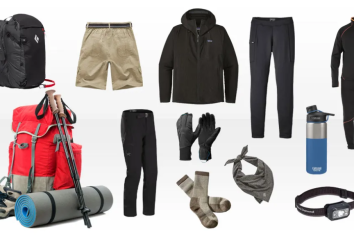
18th Jan, 2023

8th Dec, 2023
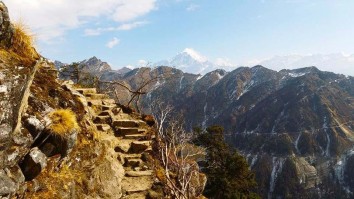
9th Dec, 2023
.jpg)
11th Feb, 2025
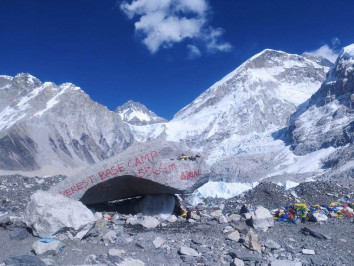
13th Dec, 2023
_11zon.jpg)
18th Dec, 2023
.jpg)
2nd Jan, 2024
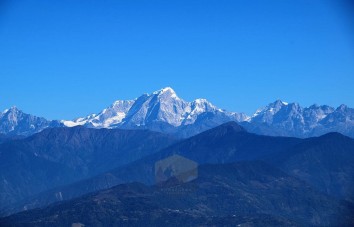
3rd Jan, 2024
_11zon.jpg)
23rd Jun, 2025

24th Jan, 2024
.jpg)
30th Jan, 2024

4th Feb, 2024

5th Feb, 2024
-4.jpg)
6th Feb, 2024

12th Feb, 2024
_11zon.jpg)
18th Feb, 2024
-1.jpg)
7th Mar, 2024

12th Mar, 2024
.jpg)
13th Mar, 2024
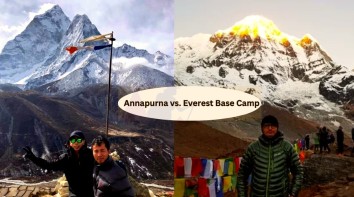
20th Mar, 2024
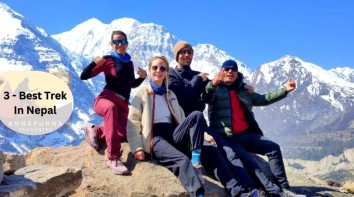
26th Mar, 2024

14th Jan, 2025

14th Jan, 2025
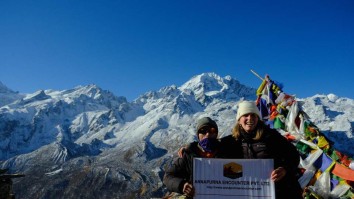
16th Jan, 2025

18th Jan, 2025

20th Jan, 2025

24th Jan, 2025

5th Feb, 2025

5th Feb, 2025
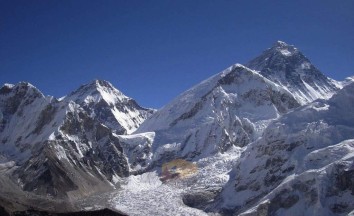
9th Feb, 2025

14th Mar, 2025
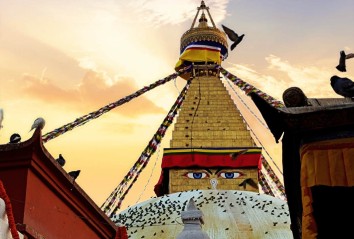
3rd Apr, 2025
.jpg)
11th Apr, 2025
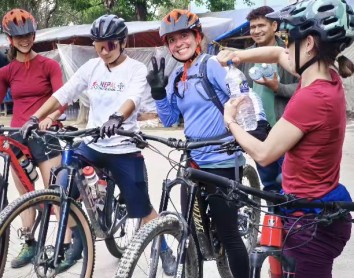
16th Apr, 2025
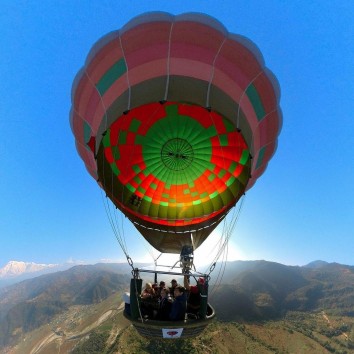
20th Apr, 2025
.jpg)
27th May, 2025
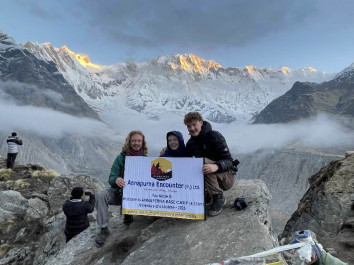
14th Jun, 2025

15th Jun, 2025
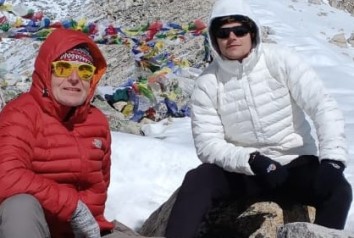
17th Jun, 2025
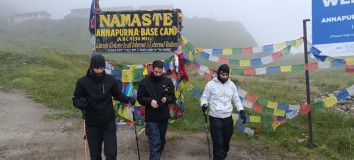
18th Jun, 2025
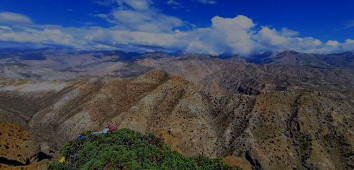
19th Jun, 2025

23rd Jun, 2025
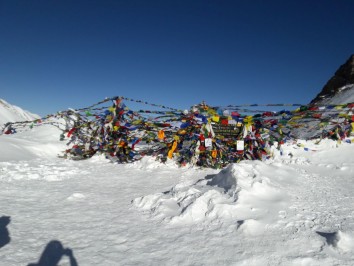
24th Jul, 2025


.jpg)


.jpg)
_11zon.jpg)
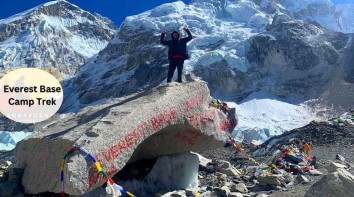
.jpg)
.jpg)
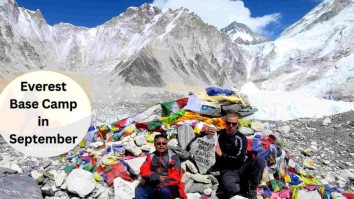
.png)
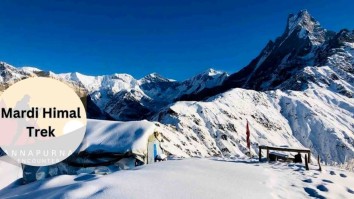
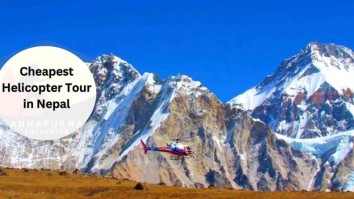
.jpg)
.jpg)
-1.jpg)
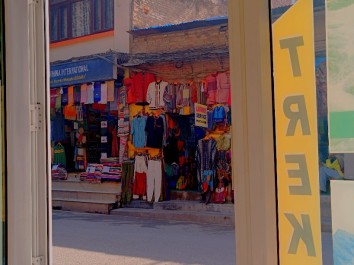
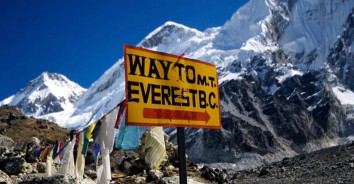
.jpg)

-1.jpg)

